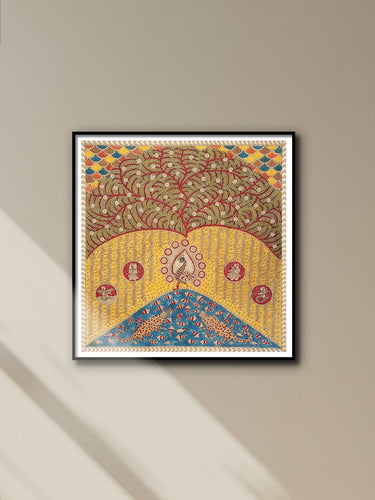 Mata ni Pachedi Handmade Paintings and Art Collection
Mata ni Pachedi Handmade Paintings and Art Collection

This artform is recognised by The Government of India as a part of its One District One Product (ODOP) Initiative.
Learn More
Showing items 1-3 of 3.

This artform is recognised by The Government of India as a part of its One District One Product (ODOP) Initiative. Learn More
Showing items 1-3 of 3.












